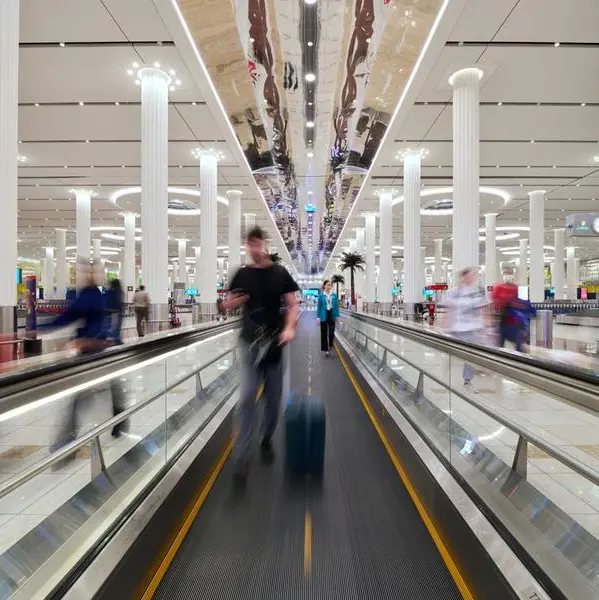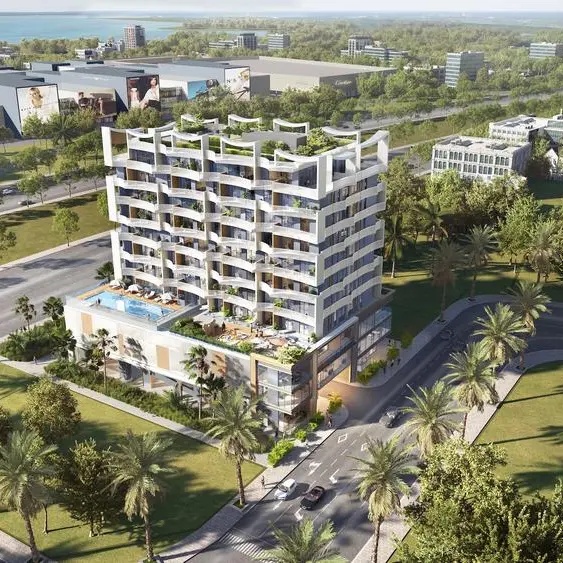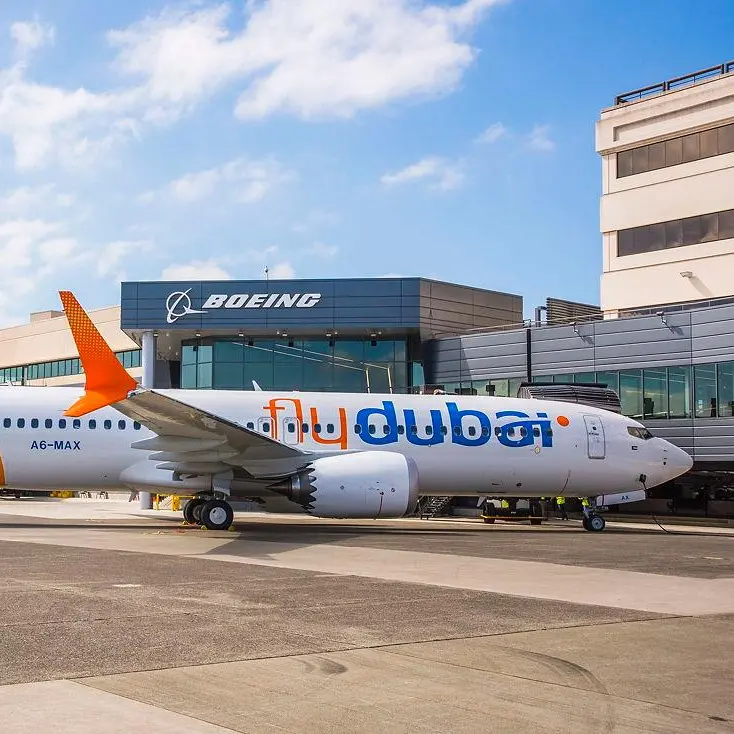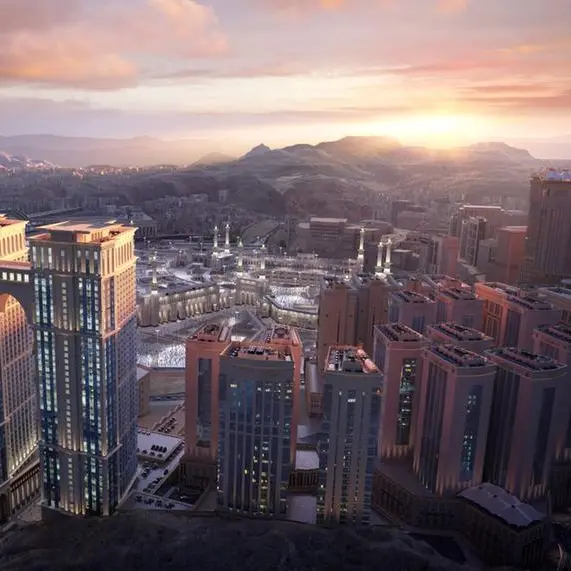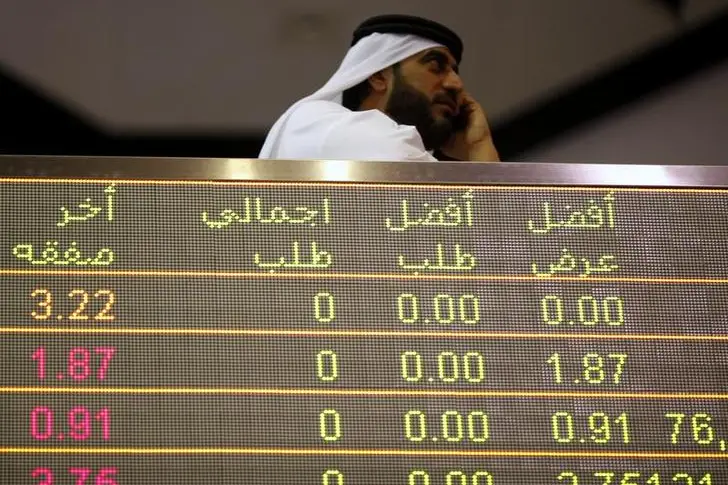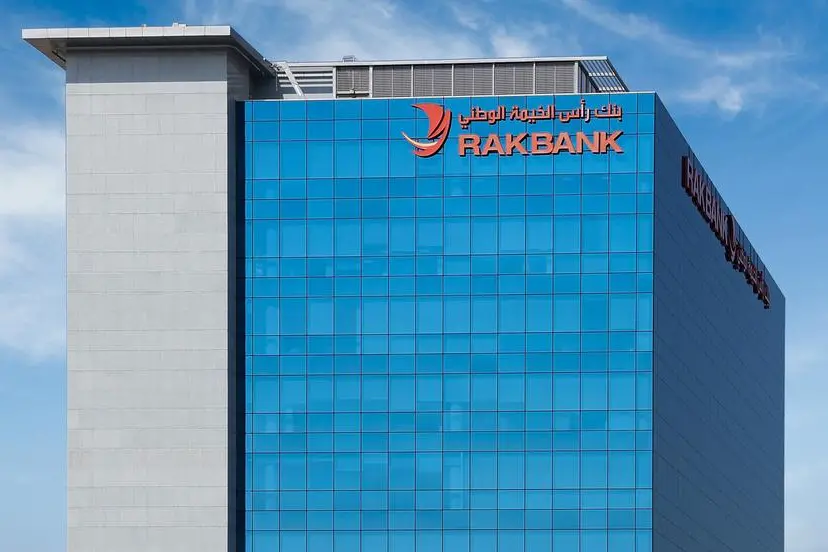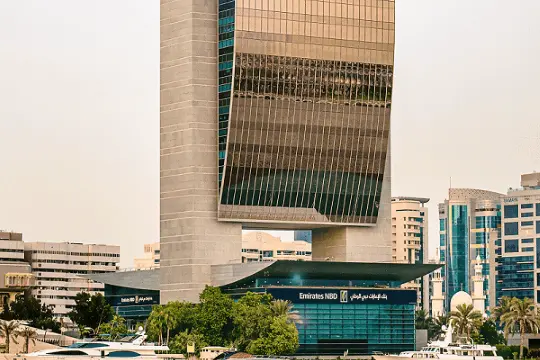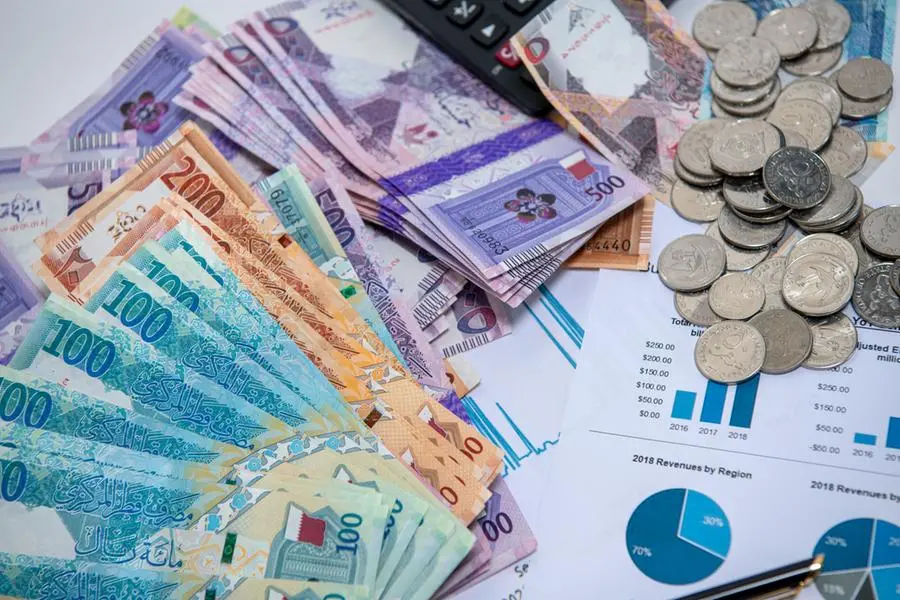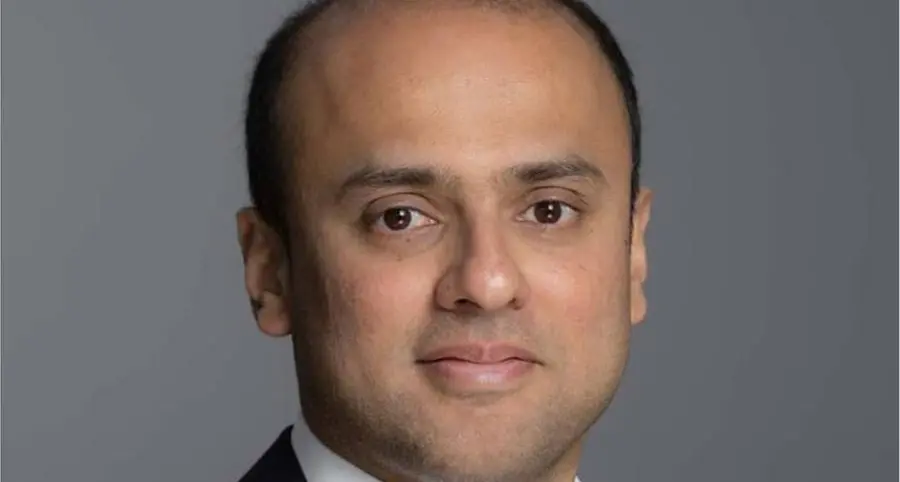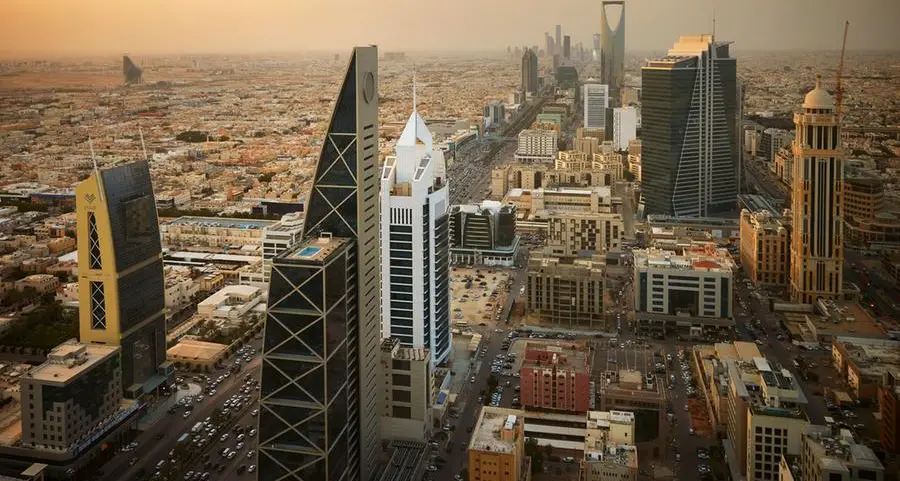According to the 13th Annual Report of Tunisia's National Statistics Institute (NSI) which was recently published, the infrastructure indicators show a clear improvement in the overall indicators in Tunisia.
This improvement is relative to the vital sectors directly related to the conditions and quality of life of citizens (drinking water drainage, health, electricity, telecommunications, telephone)...
According to the data and statistics of the report, the drinking water supply rate stood, in 2010, at 98, 3% compared with84, 7% in 1994, while the same rate in rural areas rose, during the same period, from 60, 6% to 95%.
Insofar as drainage is concerned, the achievements carried out in this sector enabled to raise the rate of households connected to the public drainage network in urban areas, from 59, 9% in 1994, to 83, 6% in 2009.
This rate is expected to reach this year 84, 6%, which will raise the number of connected households to 1,50million, which represents about 5, 9 million people compared with only 0,67 million of households in 1994.
As far as electrification is concerned, the report says that the rate of households connection increased from 86, 8% in 1994 to 99, 5% en 2010 in urban and rural areas. In rural areas, this rate rose from 66, 3% in 1994, to 98, 8% in 2009 and is expected to reach 98, 9% in 2010.
Telecommunications indicators also recorded a rise with subscribers to the fixed and mobile phone networks in (Tunisie Télécom and Tunisiana) totaling 11, 1 million in 2009, compared with 0, 5 million in 1994.
Hence, The telephone density is estimated at 105,6 lines for 100 people in 2009, against only 5,3lines in 1994.
According to estimates, the number of subscribers will reach 11,2 million people at the end of 2010, which represents a telephone density of 105,2 lines for 100 people.
As to the Internet, the report says that users reached 3, 500 000 in 2009, compared with 10, 000 in 1997. This figure is expected to grew to 4, 000 000 users in 2010.
These results were achieved thanks to the successive reduction in connection prices and government efforts to disseminate digital culture and build-up the information society.
Regarding the Tourism Sector, the report shows a rise in the number of hotels, from 800 in 2004 to 856 in 2009. The number is expected to increase to 871 hotels at the end of 2010.
The Tourism Sector is expected to improve the quality of services, the human resources and diversify tourism product.
The report also showed improving indicators in terms of education, higher education and vocational training, which are among priority sectors in Tunisia.
For instance classrooms in basic and secondary education reached 6,3000 during the 2009-2010 Academic Year, showing a rise of 47%, compared with 1994-1995.
The number of research units increased from 2 in 1998 to 615 in 2009.
The number of research laboratories rose from 16 in 1998 to 147 in 2009 and the number of vocational training centers increased from 136 in 1994 to 212 in 2009.
The number of university institutions rose to 192 during the 2009-2010 academic year, from 83 in 1994-1995.
In the Public Health Field, the NSI report shows the efforts made in this sector during the last decade, which brought Public Health Services closer to citizens.
Thus, the network of health care has been developed and the number of beds rose from 15 574 in 1994 to 19 134 in 2009, and is expected to reach 19 255 in 2010.
On this basis, the coverage rose to 1, 8 bed for 1000 inhabitants.
In the same way, the number of basic health care centers rose from 1 730 in 1994 to 2 090 in 2009, shared out among 203 health districts and 264 areas.
This figure is expected to reach 2095 centers in 2010.
© Tunisia Online News 2010


